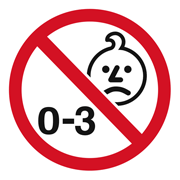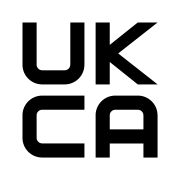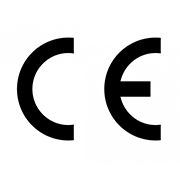Toy Safety Declaration
Great Britain and Northern Ireland
This advice below has been written to provide Hobbycraft customer’s some basic guidance on how to put toy products they have made on to the market. It is not a complete or authoritative statement of the law.
Toys must comply with the Toys (Safety) Regulations 2011 in Great Britain and Northern Ireland. If you are making toys and intend to sell them, then you must make sure that your products meet the essential safety requirements of the Toys (Safety) Regulations 2011.
What is a toy?
Toys are defined as products that are designed or intended (whether or not exclusively), for use in play for children under 14 years of age.
Exemptions
There are several items which may appear to be toys but that are exempt from the regulations. These include:
- Christmas Decorations
- Detailed scale models for adult collectors
- Folk and decorative dolls for adult collections
- Specialist puzzles with more than 500 pieces
- Toy steam engines
- Slings and catapults
- Children’s fashion jewellery
Producers Responsibility
A producer is a person who manufactures or designs and manufactures and also puts the toys on the market under their name.
If you are going to manufacture a toy, you must:
- Ensure the toy has been designed and manufactured to ensure essential safety requirements are met
- Complete the technical documentation, including:
- Carry out a safety assessment of the toy (Trading Standards Safety Assessment Example)
- Complete a Declaration of Conformity - one for Great Britain (if sold in GB) and one for Northern Ireland (if sold in NI).
- Follow the applicable conformity assessment procedure (e.g. EN 71 testing) and keep the test reports
- If appropriate, write instructions for the toy
- Make sure toy and packaging are labelled correctly (safety markings, name, address, batch code etc.)
- Copies of documents given to a notified body (if involved)
- Keep the technical file for 10 years after the toy was first placed on the market
- Carry out sample testing
- Investigate any complaints received and keep a log
- Bring your non-conforming toys into compliance
Declaration of Conformity Example
Trading Standards Declaration of Conformity Example
Declaration of Conformity Template
Declaration of Conformity Template
These documents must be kept for ten years after the day on which the toy is placed on the market.
Three Key Properties for Toy Safety
There are three key properties that toys must meet to be safe. They are:
-
Physical and mechanical properties:
Toys must have strength and stability
There should be no sharp edges, spikes or points
Any risk of injury from moving parts must be minimal
Parts should not be detachable from the toy unless they are of a size that will prevent them from being swallowed
The toy AND its packaging must not present a strangulation or suffocation risk
Toys which children can enter must have an easily accessible exit
- Flammability:
Toys must not present a fire risk.
- Chemical properties:
Toys must be clean and hygienic.
Toys must not present a health risk due to swallowing poisons. For example lead, cadmium and other heavy metals.
Recommendations
Hobbycraft recommends that you carry out regular screening checks of your finished toys to make sure that no risks are present. These checks could include things like labelling and that small parts are securely fixed. You should keep a record of any checks you carry out.
Finally, your toy must carry appropriate markings and warnings to reduce any risk. This is most important where a toy is unsuitable for a child under three years old. The following symbol can be used:

All new toys should also carry:
- The UK conformity mark (if sold in Great Britain), which must be a minimum of five millimetres in height:

- The EU conformity mark (if sold in Northern Ireland), which must be a minimum of five millimetres in height:

More Information
You can get more information and help from your Local Trading Standards Authority. You may also find the following useful: